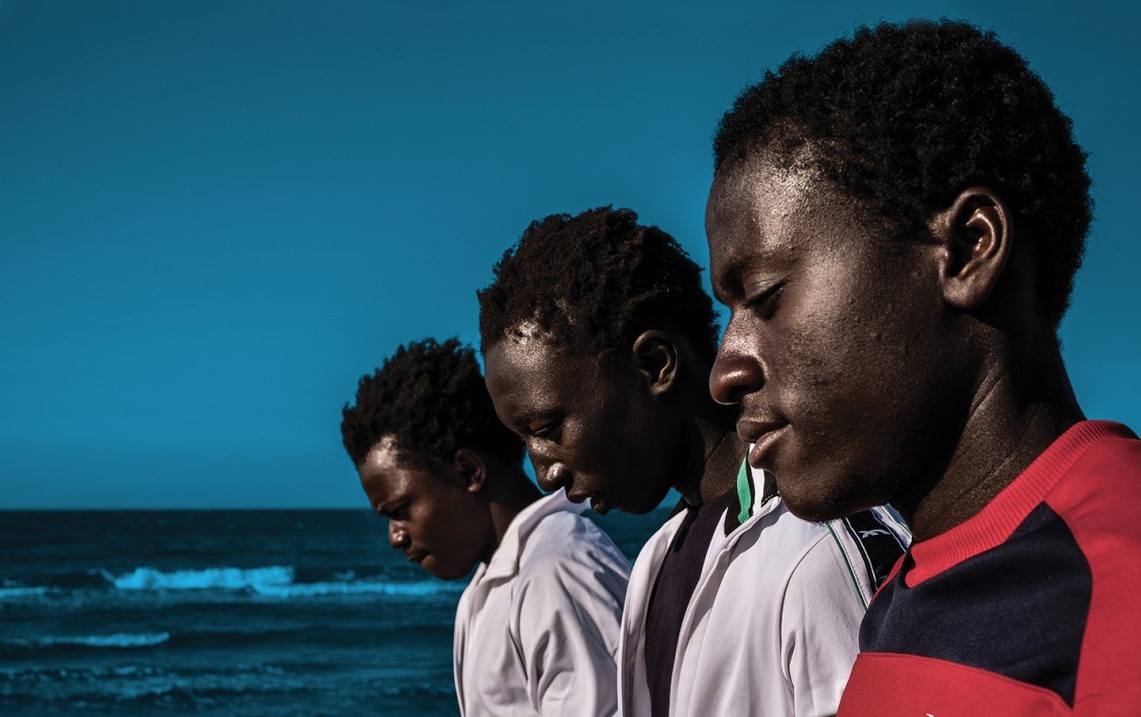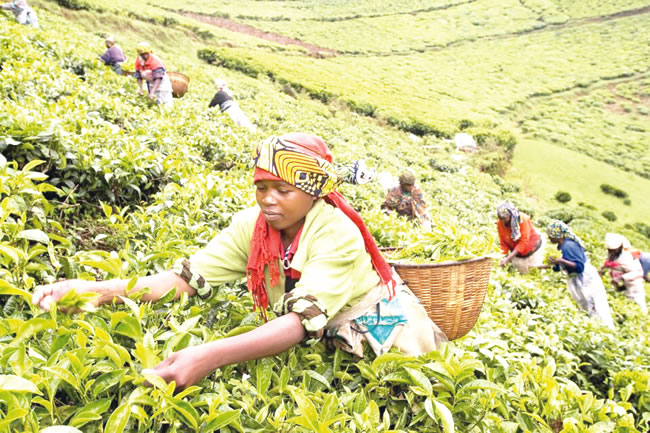Will we hear African youth at COP27?
Well-managed youth migration can help Africa adapt to climate change and achieve its development goals. By Aimée-Noël Mbiyozo
Africa faces a trio of issues that are accelerating youth migration: the youth 'bulge', high unemployment and growing climate impacts. The young's ability to move is an important adaptive response for all three.
Youth migration can help Africa adapt to climate change and achieve its development goals, if managed well. But if mismanaged, it poses many threats, including persistent unemployment, civil unrest and instability.
Children born in 2020 will face at least twice as many forest fires, crop failures, droughts, floods and heat waves as those born in 1960. Around one billion – or half - of the world's children live in countries classified as "extremely" deprived. -risk of impacts of climate change. About 820 million people are at risk from heat waves, 920 million from water scarcity and 870 million from cyclones or floods.
Africa has the highest proportion of young migrants in the world: a quarter (25%) of the African migrant population is under the age of 18 and 16% is between 15 and 24 years old. Meanwhile, Africa's child (0-14) and youth (16-29) populations are growing (see chart). Currently, 60% of Africans are under the age of 25.
 Structure of the African population, 1990-2043 (Source: African Futures & Innovation, ISS)
Structure of the African population, 1990-2043 (Source: African Futures & Innovation, ISS)Africa

Well-managed youth migration can help Africa adapt to climate change and achieve its development goals. By Aimée-Noël Mbiyozo
Africa faces a trio of issues that are accelerating youth migration: the youth 'bulge', high unemployment and growing climate impacts. The young's ability to move is an important adaptive response for all three.
Youth migration can help Africa adapt to climate change and achieve its development goals, if managed well. But if mismanaged, it poses many threats, including persistent unemployment, civil unrest and instability.
Children born in 2020 will face at least twice as many forest fires, crop failures, droughts, floods and heat waves as those born in 1960. Around one billion – or half - of the world's children live in countries classified as "extremely" deprived. -risk of impacts of climate change. About 820 million people are at risk from heat waves, 920 million from water scarcity and 870 million from cyclones or floods.
Africa has the highest proportion of young migrants in the world: a quarter (25%) of the African migrant population is under the age of 18 and 16% is between 15 and 24 years old. Meanwhile, Africa's child (0-14) and youth (16-29) populations are growing (see chart). Currently, 60% of Africans are under the age of 25.
 Structure of the African population, 1990-2043 (Source: African Futures & Innovation, ISS)
Structure of the African population, 1990-2043 (Source: African Futures & Innovation, ISS)Africa
What's Your Reaction?






















